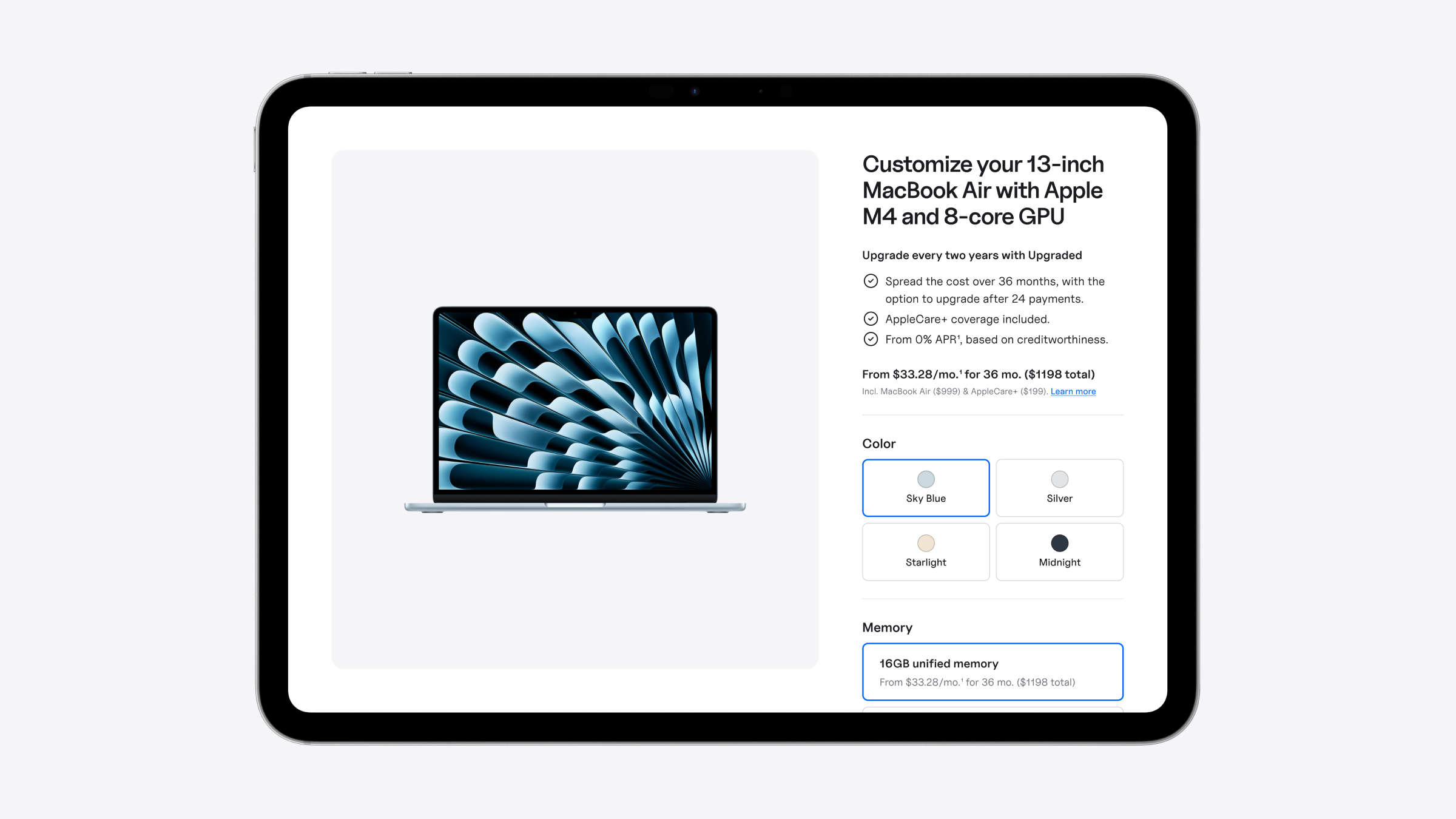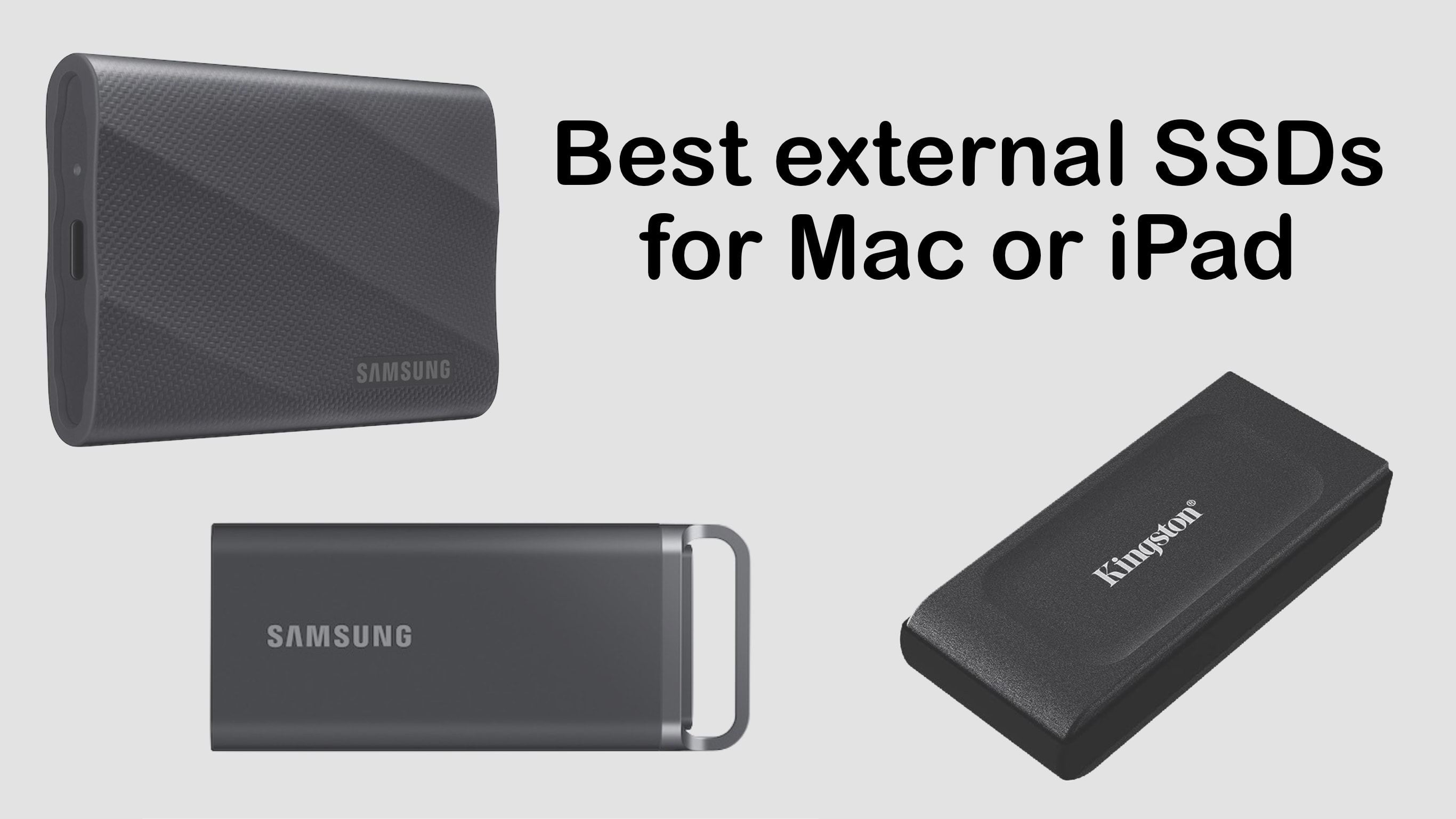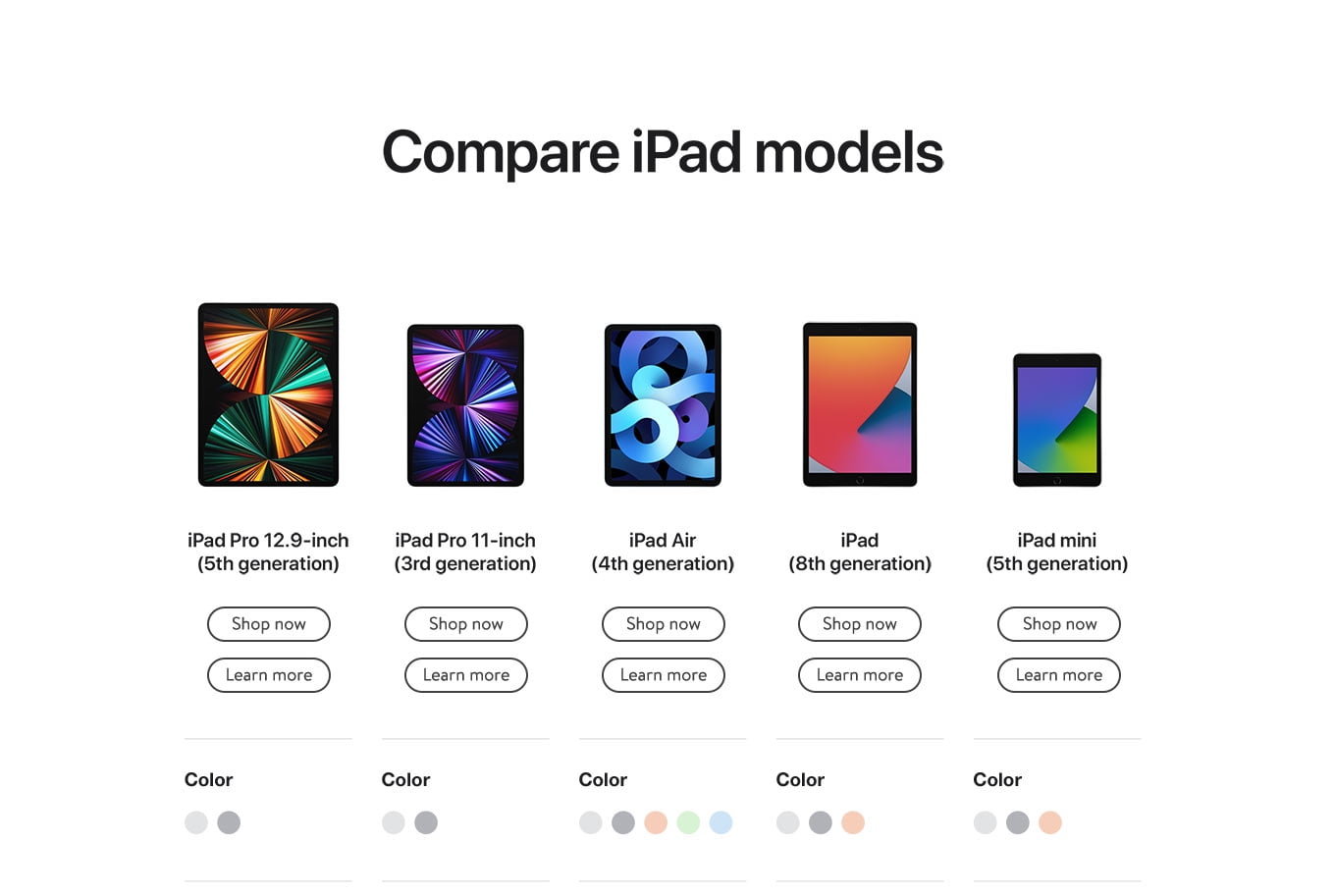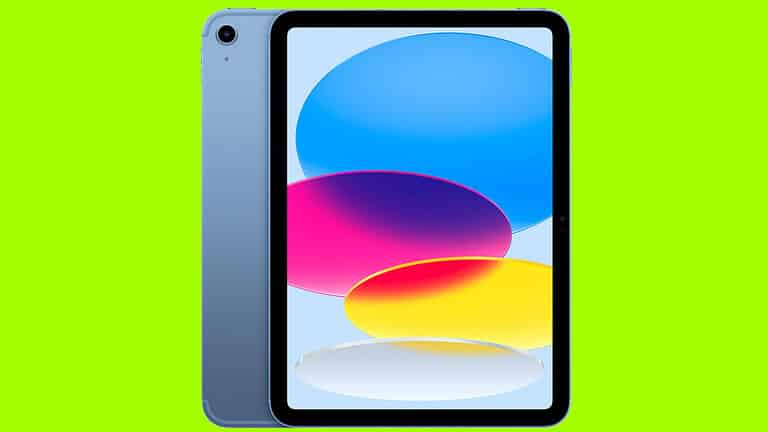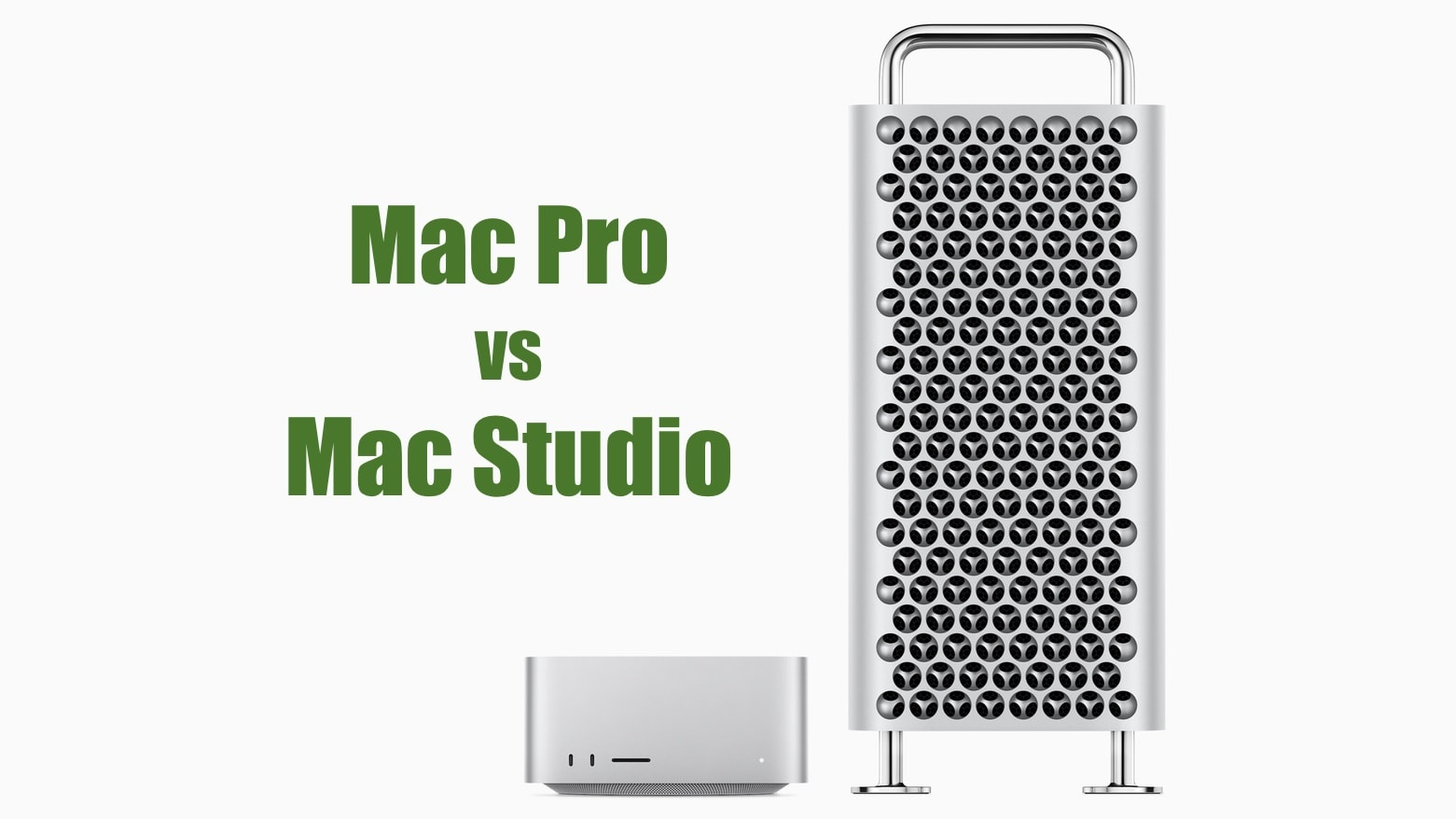
When comparing Mac Studio vs Mac Pro, it becomes essential to understand the significant advancements Apple has made in its desktop computing lineup. The recently updated Mac Studio features the revolutionary M3 Ultra chip, providing a notable performance boost over the Mac Pro, which is still utilizing the M2 Ultra variant released in 2023. This comparison not only reflects on the raw power but also on the pricing and expandability of these Apple desktop options. With the launch of Apple’s latest hardware, the discourse around Mac Studio comparisons intensifies, especially regarding the performance differences between M3 Ultra vs M2 Ultra. Dive into this analysis as we uncover how these systems cater to the needs of professionals and enthusiasts alike, ensuring you make an informed choice in the high-performance desktop arena.
In the realm of professional computing, the showdown between Apple’s Mac Studio and Mac Pro is a topic of considerable interest. As we delve into the intricacies of these cutting-edge systems, it’s crucial to explore the characteristics that set them apart, particularly in terms of processing capabilities and hardware configuration. The introduction of the M3 Ultra chip in the latest Mac Studio raises questions about its performance edge over the traditional Mac Pro, seen as the flagship for creative professionals for years. An Apple Mac Studio review offers insights into how these two powerhouses stand against one another, shedding light on key factors such as price and functionality. As you contemplate your next workstation, understanding these differences will be pivotal in determining the right fit for your professional needs.
Performance Analysis: M3 Ultra vs. M2 Ultra
The performance differentiation between the M3 Ultra and M2 Ultra is substantial, particularly for power users who rely on high-end computing capabilities. The M3 Ultra boasts a sleek 28-core CPU, incorporating 20 performance cores that make it adept at handling complex tasks, such as 3D rendering and large data processing. In contrast, the M2 Ultra in the 2023 Mac Pro, while formidable with its 24-core CPU, simply cannot keep pace with the advancements of its successor. With a reported 30% increase in CPU performance, the M3 Ultra is positioned as the leader in Apple’s desktop lineup.
In GPU performance, the M3 Ultra also solidifies its edge, exhibiting a remarkable upsurge in graphics processing capabilities. The hardware-accelerated ray-tracing feature allows for more realistic lighting and textures in applications like video editing and gaming. On the Geekbench Metal test, the M3 Ultra surpasses the M2 Ultra by 13%, validating its designation as a powerhouse for creative professionals. As a result, users can expect smoother and faster performance metrics that were previously unattainable, aligning seamlessly with Apple’s advancements in graphics technology.
Port Availability: Why Mac Pro Outshines Mac Studio
When it comes to port availability and connectivity, the Mac Pro presents an undeniable advantage over the Mac Studio. The 2023 Mac Pro is equipped with six full-length PCI Express gen 4 slots, which are highly beneficial for users requiring extensive customization options such as additional graphics cards or high-speed SSDs. Furthermore, it includes eight Thunderbolt 4 ports alongside additional USB-A and HDMI connectivity, making it an ideal choice for professionals who depend on a diverse range of peripherals and expansive workflows.
In contrast, the 2025 Mac Studio, though equipped with the impressive Thunderbolt 5 ports, lacks the PCIe expansion slots that many professionals use for specific hardware upgrades. While it does include an SDXC card slot, which serves some basic functions, it cannot fully substitute the adaptability provided by the Mac Pro’s architecture. Therefore, for users with specific port-dependent needs, the Mac Pro remains the superior option, offering expansive connectivity that can accommodate a wider variety of professional equipment.
Cost Considerations: Is the Price Worth It?
Cost plays a significant role in deciding between the Mac Studio and Mac Pro. Starting at $3,999, the 2025 Mac Studio delivers an incredible value for users seeking the latest performance technology, especially with the M3 Ultra chip bundled in. For many creative professionals and serious gamers, this configuration provides compelling performance without breaking the bank, creating an attractive entry point to Apple’s high-performance ecosystem.
On the other hand, the Mac Pro enters the market with a staggering price of $6,999 for its base model. While it offers ample power and expandability, the hefty premium may deter potential buyers who may not require the extensive customization options it provides. Consumers should evaluate whether the expansive port selection and potential for upgrades justify the difference in expense when the Mac Studio meets most power requirements at a significantly lower price.
Conclusion: Why Mac Studio Wins for Most Users
In the current landscape of Apple’s desktop offerings, the 2025 Mac Studio emerges as a clear frontrunner for the majority of users. With its robust M3 Ultra performance, competitive pricing, and adequate port options, it is tailored for creative professionals and heavy users alike. While the Mac Pro certainly holds advantages in terms of expandability, the general user likely won’t exploit these features, particularly given the substantial price discrepancy.
Moreover, as technology evolves, Apple seems to be leaning toward more innovative solutions, such as the Mac Studio’s compact design paired with high performance. For most consumers who prioritize cutting-edge technology and efficiency over hardware enhancement potentials, the Mac Studio proves to be the optimal choice, confirming its place as a worthy competitor to the more expensive Mac Pro.
The Future of Apple Desktop Options
As Apple continues to innovate, the future of its desktop options lies in balancing power and value. The ongoing evolution from M1 to M2 and now to M3 chips demonstrates Apple’s commitment to pushing boundaries in computing technology. With these advancements, the focus has shifted toward delivering enhanced performance at competitive prices, showcasing a trend that could redefine user expectations in the pro computing sector.
Furthermore, Apple’s expansion of its desktop lineup hints at a strategy aimed at catering to a broader audience. With options like the Mac Studio tailored for those who don’t require the advanced features of the Mac Pro, consumers can expect more nuanced offerings focused on specific user needs. This diversification presents exciting opportunities for professionals, ensuring that they have access to devices that are not only powerful but also aligned with their operational demands and budgets.
Comparing Mac Studio Performance in Real-World Applications
Real-world applications often serve as the ultimate test of a computer’s capabilities. Both the Mac Studio and Mac Pro have been put through rigorous assessments in creative fields, such as video editing and graphic design. Users of the M3 Ultra-powered Mac Studio report faster render times and smoother editing experiences in software like Final Cut Pro and Adobe Premiere, particularly when handling 8K footage—a task where performance is paramount.
Moreover, graphic designers utilizing software like Adobe Photoshop and Illustrator have noticed enhanced responsiveness and fluidity with the M3 Ultra’s new neural engine technology. This component is engineered to accelerate performance in creative applications, making daily workflows not just faster but also more enjoyable. The clear performance edge seen in real-world use firmly positions the Mac Studio as a leader in the desktop category for most users, appealing directly to creative professionals seeking efficiency.
Understanding the Specifications: Mac Studio vs Mac Pro
A comprehensive grasp of specifications is crucial for potential buyers in discerning the right Apple desktop solution for their needs. The 2025 Mac Studio, with its M3 Ultra chip, promises not only elevated performance metrics but also newer technologies such as hardware-accelerated ray tracing. This feature translates to more complex visual calculations, beneficial for animators and designers looking for realism in their projects.
Conversely, while the 2023 Mac Pro touts resilience with its familiarity in expandability, it does so with older technology that may not align with cutting-edge software needs. As demands for high processing power grow in industries focused on 3D modeling and heavy computational tasks, understanding these specifications can enable buyers to make informed decisions based on their specific professional objectives.
User Feedback: What Owners Say About Mac Studio and Mac Pro
User feedback is a valuable element that can influence purchasing decisions, especially for high-ticket items like desktops. Many Mac Studio owners have expressed satisfaction with their systems, emphasizing the combination of portability, power, and cost-effectiveness. Reviews frequently highlight the M3 Ultra’s stellar performance in boot-up times and application launches as particularly noteworthy, demonstrating that raw performance doesn’t have to come with an overly hefty price tag.
In contrast, feedback for the Mac Pro revolves around its unique virtues, where existing owners appreciate the upgrade paths and customization but often lament the high price of entry. Many users who require specific features, such as extensive storage capabilities via PCIe, find value in the Pro’s architecture. However, a common sentiment is that for everyday projects, the Mac Studio sufficiently addresses their needs without the need for extravagant features, implying a shift in buyer priorities for future consumer demands.
Frequently Asked Questions
What are the key performance differences between Mac Studio and Mac Pro?
When comparing the Mac Studio vs Mac Pro, the key performance difference lies in their processors. The 2025 Mac Studio can be configured with the M3 Ultra chip, offering a 28-core CPU and significant increases in GPU performance, achieving up to 30% faster performance in CPU tests compared to the M2 Ultra in the 2023 Mac Pro. This results in superior speed and efficiency for demanding tasks.
How does the Mac Studio compare to the Mac Pro in terms of RAM and expandability?
In terms of RAM, the Mac Studio vs Mac Pro comparison reveals that the Mac Studio starts with 96GB of unified memory and can be expanded to 512GB, whereas the Mac Pro starts with 64GB and is limited to a maximum of 192GB. However, the Mac Pro offers more expandability options with its PCIe slots, which the Mac Studio lacks.
Which desktop option is more cost-effective: Mac Studio or Mac Pro?
When considering costs in the Mac Studio vs Mac Pro debate, the Mac Studio is significantly more cost-effective. The 2025 Mac Studio with M3 Ultra starts at $3,999, while the 2023 Mac Pro with M2 Ultra starts at $6,999, making the Mac Studio a more accessible option without sacrificing much in performance for everyday tasks.
What are the connectivity differences between Mac Studio and Mac Pro?
In the comparison of Mac Studio vs Mac Pro connectivity, the Mac Pro offers more ports, including six PCI Express slots, eight Thunderbolt 4 ports, and additional USB-A and HDMI connections. In contrast, the Mac Studio has six Thunderbolt 5 ports and an SD card slot, lacking the PCIe expansion options of the Pro but still providing ample connectivity for most users.
Is the latest Mac Studio a better choice than the Mac Pro for most professionals?
For most professionals, the 2025 Mac Studio is a better choice compared to the Mac Pro, particularly due to its superior M3 Ultra performance, greater RAM capacity, and lower price point. Unless professionals need physical PCIe slots for specific hardware expansions, the Mac Studio delivers exceptional power and value.
What advantages does the M3 Ultra chip provide over the M2 Ultra in the Mac Studio vs Mac Pro comparison?
The M3 Ultra chip in the 2025 Mac Studio shows notable advantages over the M2 Ultra in the Mac Pro, including improved CPU core performance with 28 cores, enhanced GPU capabilities, and support for hardware-accelerated ray tracing. This technology contributes to faster rendering and improved visual performance, making the Mac Studio more powerful for creative professionals.
| Aspect | 2023 Mac Pro | 2025 Mac Studio |
|---|---|---|
| Performance (CPU) | M2 Ultra: 24-core (16P + 8E), 60-core GPU | M3 Ultra: 28-core (20P + 8E), 60-core GPU, 30% faster CPU performance than M2 Ultra. |
| RAM | 64GB (expandable to 192GB) | 96GB (expandable to 512GB) |
| Storage | 1TB (expandable to 8TB) | 1TB (expandable to 16TB) |
| Ports | 6 PCIe slots, 8 Thunderbolt 4 ports, 2 USB-A, 2 HDMI, 2 10Gb Ethernet | 6 Thunderbolt 5, 2 USB-A, HDMI 2.1, 10Gb Ethernet, SDXC slot |
| Starting Price | $6,999 | $3,999 |
Summary
In the comparison of Mac Studio vs Mac Pro, it is clear that while the Mac Pro offers greater expansion capabilities, the cost and performance of the 2025 Mac Studio make it a superior choice for most users. The Mac Studio, powered by the M3 Ultra chip, provides impressive performance enhancements, ample RAM configurations, and a significantly lower price point. Thus, for professionals who don’t need extensive expansion options, the Mac Studio is likely the better investment.
